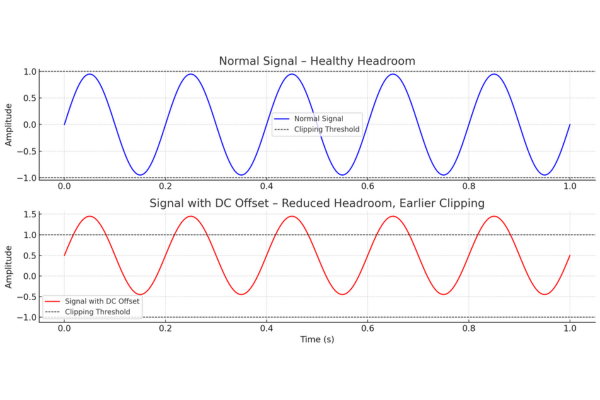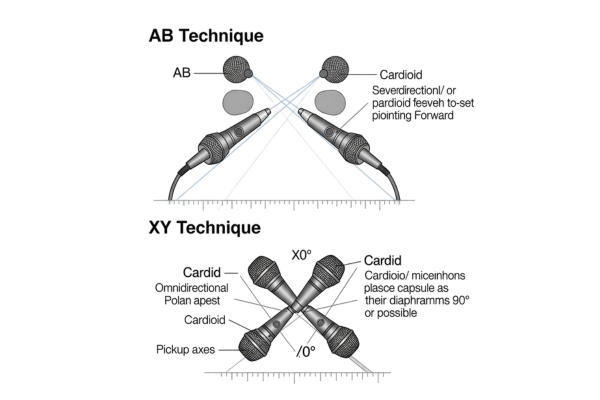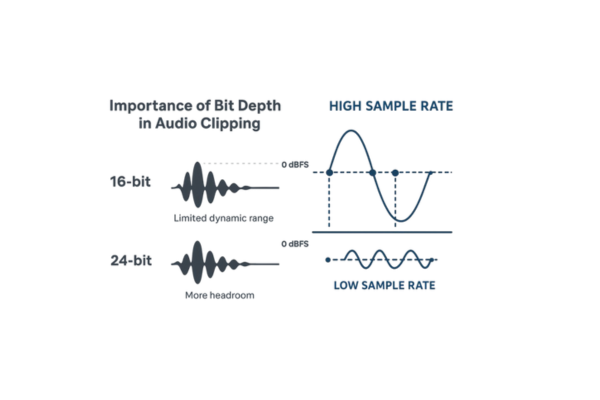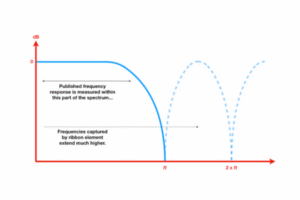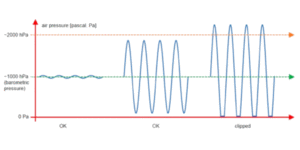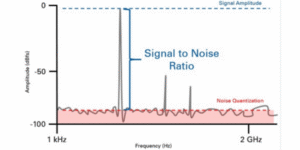Microphones are essential devices that convert sound waves into electrical signals, enabling us to record, amplify, and transmit audio. One of the key characteristics that determine the quality of a microphone is its frequency response. To elaborate among various types, the linear frequency response is particularly important for accurate sound reproduction
In general microphone’s frequency response describes how effectively it captures different frequencies of sound. A linear frequency response means the microphone reproduces all frequencies within its range equally, without boosting or attenuating any specific frequency. This characteristic is very crucial for applications requiring accurate and uncoloured sound reproduction, such as studio recording, measurement, and broadcasting.
Table of Contents
What is Frequency Response?
There are heck lot of articles of this topic from the manufacturer of different microphones. Frequency response refers to the range of frequencies that a microphone can effectively capture and reproduce. What i discover is, it is usually represented as a graph showing the microphone’s output level across different frequencies, measured in Hertz (Hz).
What Does Linear Frequency Response Mean?
A microphone with a linear frequency response exhibits a flat, hence a consistent output level across its entire specified frequency range. This means it captures all sounds within that range without emphasizing or diminishing any particular frequencies. In other words, the microphone reproduces the original sound faithfully, making it ideal for studio recordings, broadcasting, and sound engineering.
Why is Linear Frequency Response Important?
To perceive an accurate Sound Reproduction: Ensures that the audio captured is true to the original sound source.
Versatility: Not to forgot, suitable for a wide range of applications, from vocals to instruments.
Consistency: In providing predictable recordings, which simplifies mixing and post-processing.
Measuring and Interpreting Frequency Response
Most of the time frequency response is often depicted in charts showing how a microphone responds to various frequencies. Understanding all these charts is essential for selecting the right microphone for a specific application. For an instance, a flat (linear) response is ideal for accurate sound reproduction, and on the other hand while a tailored response might be better for enhancing certain sound characteristics.
The frequency response is typically represented by a graph showing amplitude across frequencies. All these measurements are conducted in controlled environments to ensure accuracy
The importance of Linear Frequency Response
A microphone with a linear frequency response captures sound sources faithfully, in order to making it ideal for applications where accuracy is paramount, such as:
In studio recording: Capturing vocals and instruments without coloration. In other word emphasizing more on Flat Frequency Response.
Acoustic Measurements: Ensuring precise sound level readings.
Broadcasting: Delivering clear and unaltered audio to listeners.
Microphone Types and Frequency Response
Ribbon Microphones:
The Ribbon Microphones are known for their natural and smooth sound, ribbon microphones often exhibit a more linear frequency response compared to moving-coil dynamic microphones. These all characteristic makes them a preferred choice for capturing vocals and instruments where a warm and accurate reproduction is desired.
Here are some frequency response graphs showcasing ribbon microphones—all these visuals illustrate how ribbon mics typically behave across the audio spectrum.
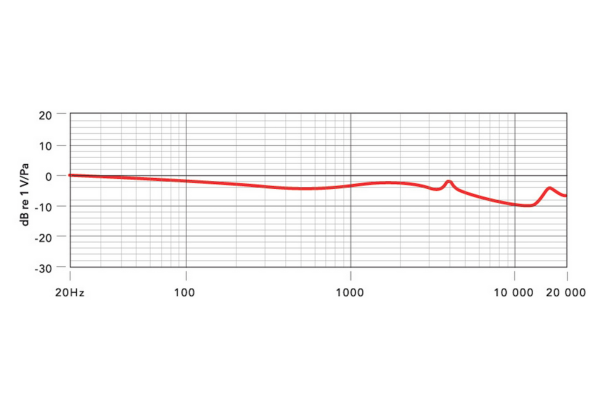
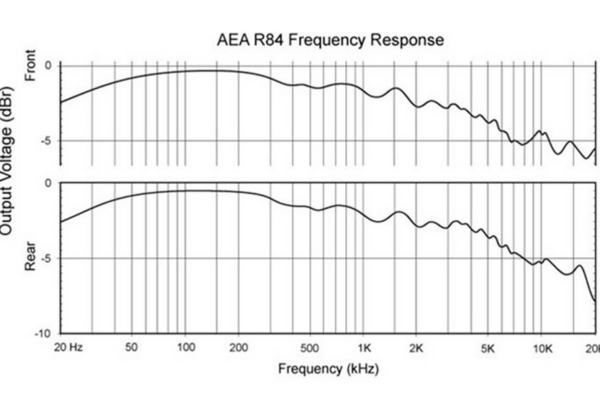
Insights of the Linear Frequency Response of Ribbon Microphones
Excellent Linearity Above Resonance
Ribbon microphones possess a very low resonant frequency—they are often below the range of human hearing (sub-20 Hz). Above all these resonance, their frequency response tends to be notably linear, offering a flat and faithful reproduction of audio signals.
Natural High-End Roll-Off
The interesting things is, as you move into higher frequencies, ribbon mics naturally exhibit a gentle roll-off. This characteristic helps tame harsh audio sources like cymbals, distorted guitars, or sibilant vocals, resulting in a smoother and more pleasant sound profile
Warmer and More Linear Compared to Dynamics
Due to their low-mass ribbon element, these all microphones often deliver a more linear and detailed frequency response than moving-coil dynamic mics, especially in the higher frequencies—making them highly valued for a warm, vintage tonal quality
Design Delivers the Sound at its best
The mic’s frequency response is a design balance—longer acoustic paths or larger components can cause earlier high-frequency roll-off, while the modern materials (like neodymium magnets and thinner foils) help preserve bandwidth and response consistency.
Why Impedance Matters
The Ribbon mics are usually passive and sensitive to preamp impedance. A mismatched, especially low, input impedance can alter the mic’s frequency response—particularly rolling off the low end—so using a proper preamp is essential for maintaining linearity
Consistency Across Setups
Active ribbon designs (with onboard preamps) offer more predictable frequency behaviour across different preamp setups. They ensure consistent, reliable linearity and reduce reliance on external gear for shaping tone
Summary Table: Ribbon Mic Frequency Response Traits
| Feature | Description |
|---|---|
| Low resonant frequency Flat linear response High-end roll-off Warm tonal character Design influence Effect of impedance | Below 20 Hz as per the manufacturer Consistent above resonance. Smooth attenuation of harsh frequencies More linear than many dynamics; avoids brittle highs Materials and geometry dictate high-frequency behavior Preamp load can shape low-end response—choose wisely |
Below mentions are frequency-response graphs for ribbon microphones—including the Coles 4038, Royer R-121, and Shure KSM313. These visuals are helpful in illustrating how each mic behaves across the audio spectrum.
Frequency Response Comparison & Insights
Coles 4038
Range: Flat response from approximately 30 Hz to 15 kHz
Tonal Character: Described as having a “British” or “BBC politeness” sound—transparent but with a subtle high-frequency attenuation that reduces sibilance
Applications: Well-suited for drum overheads and brass, capturing sources in a “bigger than life” way.
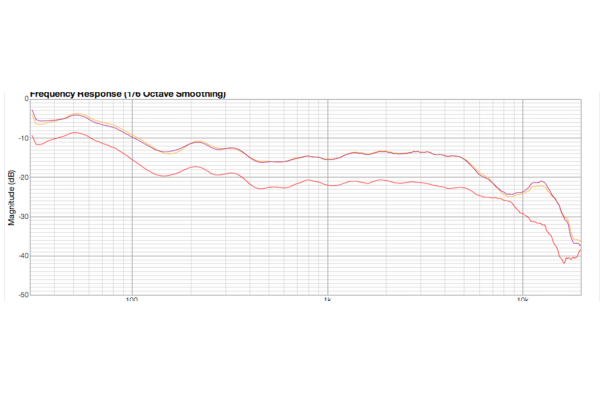
Royer R-121
Range: This too also spans 30 Hz to 15 kHz ±3 dB, offering a balanced, warm tone
Tone: Usually known for its “round, balanced, and warm” sound with a notably smooth high-frequency response that avoids brittleness
Versatility: Robust, high-SPL handling (up to ~135 dB), figure-8 polar pattern; can be positioned in reverse for a brighter tone
User Impressions: Most of the time engineers often highlight its modern smoothness and flexibility, calling it “round and pliable” in tone
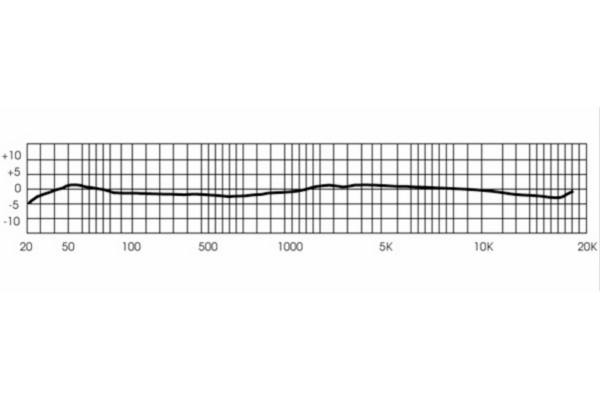
Shure KSM313
Range: Matches the others with 30 Hz to 15 kHz frequency response
Durability: These microphones are built with a Roswellite ribbon material known for its resilience and ability to return to shape—even under stress
Sound: Offers a slightly more colored sound compared to the Royer and Coles, with added character and dual-voicing capability (switching mics’ tonal balance front/back)
Tone Comparison: Some forum feedback suggests the KSM313 may offer a flatter or cleaner top-end than the R-121
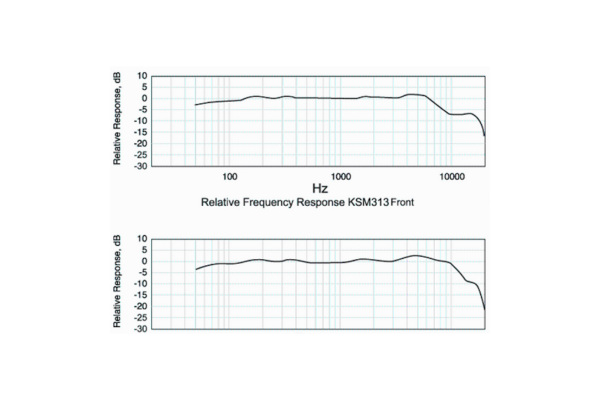
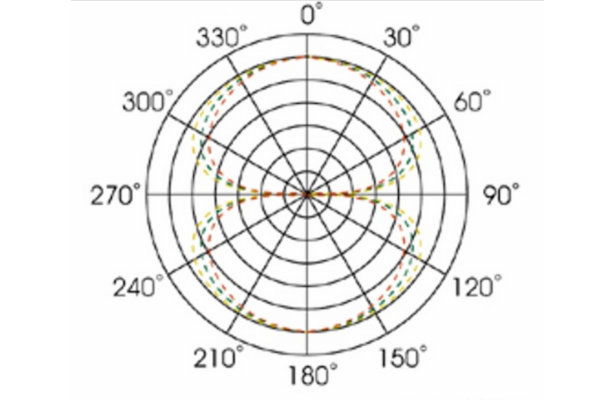
Choosing the Right Mic for Your Needs
If you’re after authentic, vintage ribbon tone with subtle high-end roll-off, the Coles 4038 is a classic that excels on drums and brass.
For flexibility and a modern ribbon sound with warmth and smoothness, the Royer R-121 is a top-tier all-rounder—tolerant, balanced, and trusted in many studios.
In this scenario, if durability and tonal versatility matter most, the Shure KSM313 brings a unique construction and dual-voice feature that’s handy in demanding or varied recording scenarios.
Condenser Microphones
These microphones use a diaphragm and backplate to form a capacitor, requiring external power (phantom power or battery). They are sensitive and have a wide frequency response, making them suitable for capturing detailed sound in studio environments
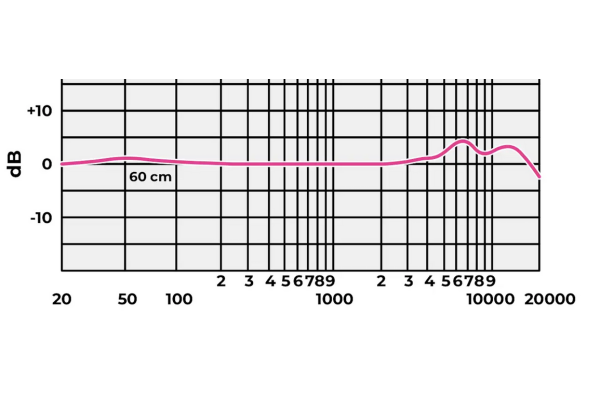
The Linear Frequency Response of Condenser Microphones
Wide, Smooth Frequency Range
The condenser mics commonly offer a 20 Hz to 20 kHz range—this wide bandwidth ensures they can accurately reproduce both deep lows and crisp highs better than dynamic mics.
Linear (Flat) Response for Accurate Capture
These microphones are known for their linear frequency response, meaning they don’t overly colour the source. This trait makes them ideal for transparent audio recording—especially useful for instruments like acoustic guitar, piano, or strings Shure+1.
Measurement-Grade Flatness
If i say, some condensers, such as the Behringer ECM8000, are designed for ultra-accurate measurements, featuring a “ruler-flat” response from 15 Hz to 20 kHz, perfect for calibration or room analysis
Going far, even more extreme, certain measurement-oriented condensers like the Earthworks M50 deliver flat response from 3 Hz all the way up to 50 kHz—ensuring transparency beyond the typical audio spectrum Earthworks Audio.
Slight Presence Boost for Clarity
Many condenser mics include a subtle 3–8 kHz “presence” boost, enhancing vocal intelligibility or instrument articulation without harshness—this creates a more vivid, in-the-mix sound ShureMic & Mod.
Superior Transient and Detail Reproduction
Thanks to their lightweight diaphragms and sensitive design, condensers exhibit excellent transient response and high-frequency detail, capturing the nuances of sound with precision.
Here’s a typical frequency response graph of a condenser microphone, illustrating its generally flat (linear) response across much of the audible spectrum, often with a slight lift in the upper mids and a gentle roll-off at the highest frequencies for clarity and sheen.
Subtle Shaping for Presence and Clarity
While many condensers stay flat, others introduce slight tonal shaping:
AKG C414 XLS: Maintains overall flatness, but features a slight dip between 1 and 2 kHz, and gentle peaks around 5–8 kHz and 9–17 kHz—adding definition without harshness.
Flatness with Versatility
The broad and flat response makes mic models like the C414 excellent all-around choices—from drum overheads to vocals and acoustic instruments—because they don’t colour the sound.
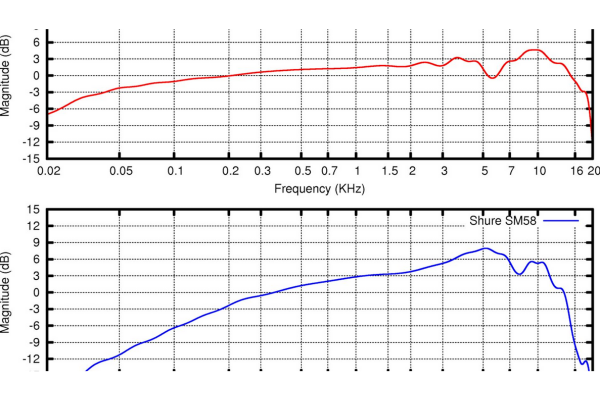
Summary Table
| Feature | Description |
|---|---|
| Frequency Range Linearity Measurement Precision Presence Boost Transient Detail & Clarity | Typically 20 Hz – 20 kHz; some extend even further Generally flat response—transparent and uncolored; ideal for faithful sound capture Models like ECM8000 or Earthworks M50 offer ultra-flat response across wide bandwidths Small enhancements around 3–8 kHz for vocal/instrument clarity Excellent at capturing fine detail and quick dynamics due to thin, reactive diaphragm design |
Here are several frequency response graphs of condenser microphones, showcasing how their response is generally flat across the audible spectrum, often with subtle enhancements in the upper mid or high frequencies for added clarity and presence.
How-to Interpreting Frequency Response Graphs
Axes Matter:
The x-axis represents frequency (often on a logarithmic scale), while the y-axis indicates sensitivity in decibels (dB).
Flat vs. Shaped Curves:
A flat (linear) response indicates faithful reproduction of sound.
A shaped response (with peaks or dips) can enhance vocal clarity or instrument articulation.
Use a Graph, Not Just a Range:
Specs like “20 Hz–20 kHz” don’t explain tonal character. The visual curves offer far richer insights into how a mic truly responds.
Summary Table
| Feature | Description |
|---|---|
| Bandwidth Linearity Presence Shaping Graph Value | Typically spans 20 Hz–20 kHz Many models (e.g., C414 B/ULS) are engineered for flat response across the full spectrum Some (e.g., C414 XLS) include gentle lifts in high frequencies for clarity Frequency response graphs reveal response nuances that spec sheets alone can’t convey |
Condenser mics usually offer a wide, smooth, and often flat frequency response, delivering clear and faithful sound reproduction. Some models—like the AKG C414 XLS—add mild high-frequency enhancements to introduce a touch of brightness, while others—like the C414 B/ULS—prioritize the neutrality
Here are few mention frequency-response graphs for notable condenser microphones:
Neumann U87 Ai –
The below graph exemplifying its smooth, linear response with a gentle presence boost at the top end.
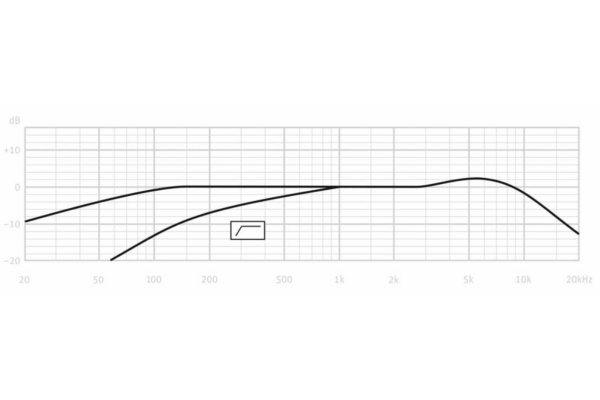
Neumann TLM 103 –
Graph showing a flat core response with a subtle high-frequency lift around 5–15 kHz.
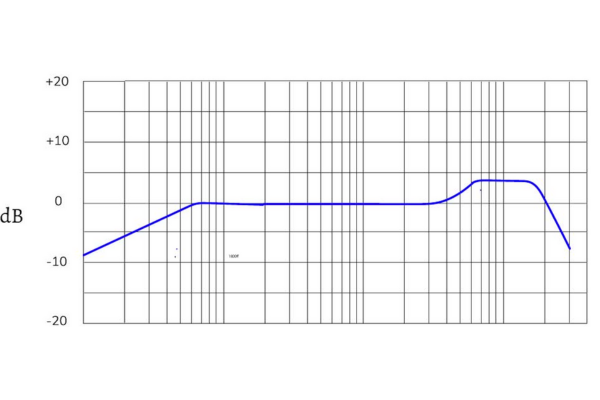
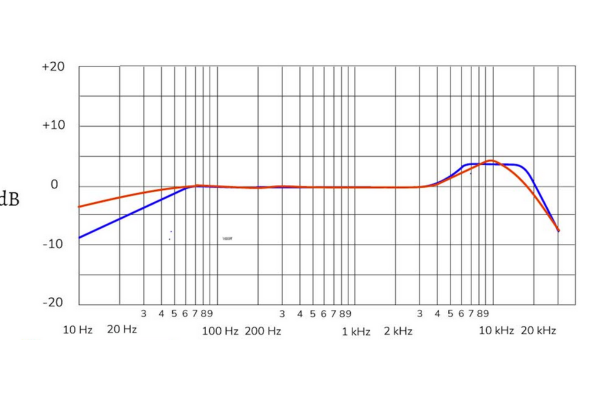
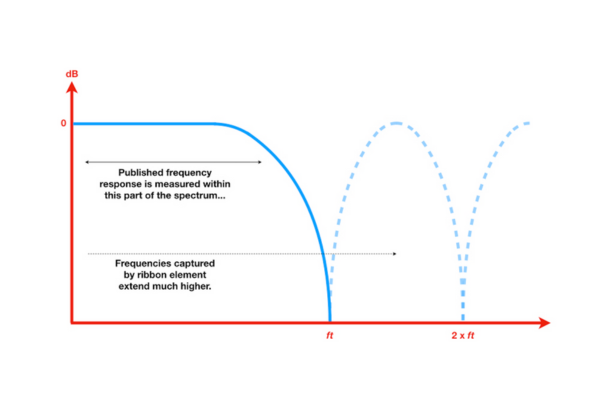
RØDE NT1 (or NT1-A) –
Depicts a very flat midrange with gentle top-end peaks, especially near 10 kHz.
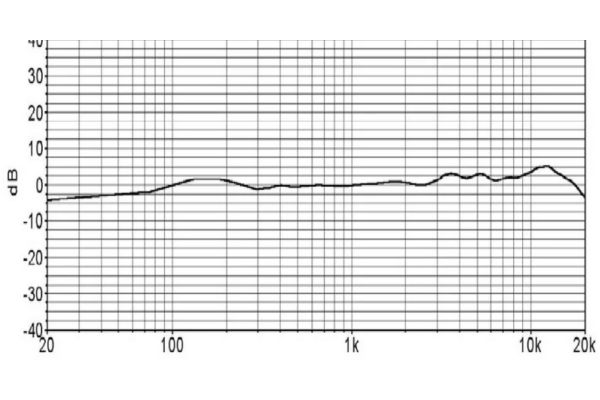
Octava 319 –
The Oktava MK-319 has a frequency response of 20 Hz to 18 kHz (or 20-20,000 Hz, according to some sources). This large-diaphragm condenser microphone is known for its warm and clear sound, making it suitable for vocals, acoustic guitars, and other applications where a smooth, flattering sound is desired. It also features a -10dB pad and a high-pass filter switch
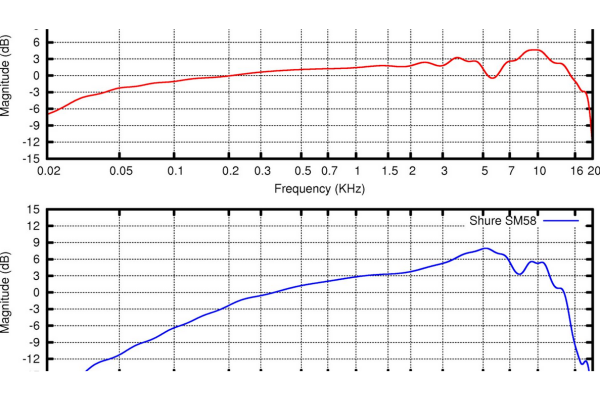
Model-by-Model Analysis
Neumann U87 Ai
Offers a wide frequency range of 20 Hz to 20 kHz, with a characteristically balanced and smooth frequency response.
The response remains flat in the midrange, but there’s a gentle presence lift in the upper frequencies, adding clarity without introducing harshness.
This linearity is preserved across all three polar patterns (cardioid, omnidirectional, figure-8), with only minimal variation.
Neumann TLM 103
Features a flat core response with a light presence boost around 5–15 kHz, lending a touch of sparkle while remaining largely neutral.
Often compared to the U87, it maintains much of the same tonal character but with lower noise and higher maximum SPL handling.
RØDE NT1 / NT1-A
Covers the full 20 Hz to 20 kHz range, with excellent flatness across the midrange.
There’s a very slight low-end emphasis (in the 100–200 Hz band), followed by small peaks above 3 kHz, with the most pronounced boost around 10 kHz—this adds a touch of air and presence.
Known for being ultra-quiet, particularly the Signature Series, with a smooth frequency response, warm bass, detailed and mids,
Summary Table
| Microphone | Linear Response Features | Notable Tonal Traits |
| Neumann U87 Ai | Flat across most of spectrum; gentle presence boost | Classic, smooth, transparent vocal tone |
| Neumann TLM 103 | Flat core response with mild high-end lift | Refined clarity with slightly modern edge |
| RØDE NT1 / NT1-A | Flat midrange, slight low-end warmth, treble shimmer | Warm and clear with pleasant “air” |
All three microphones offer excellent linearity and neutrality. The U87 Ai is studio legend for its balanced response with a subtle lift. The TLM 103 follows suit with a cleaner, more affordable twist. The RØDE NT1 (and NT1-A) deliver flatness with just a bit more character—low-end warmth and gentle brightening—at a very accessible price point.
Dynamic Microphones:
These are typically more robust and less sensitive than condenser microphones, dynamic microphones are commonly used in live sound settings. Their frequency response may not be as linear, often exhibiting a presence boost in certain frequency ranges to enhance vocal clarity.
Here are several frequency response graphs of dynamic microphones, illustrating how their response curves typically appear—showing tailored boosts and roll-offs rather than perfectly flat lines.
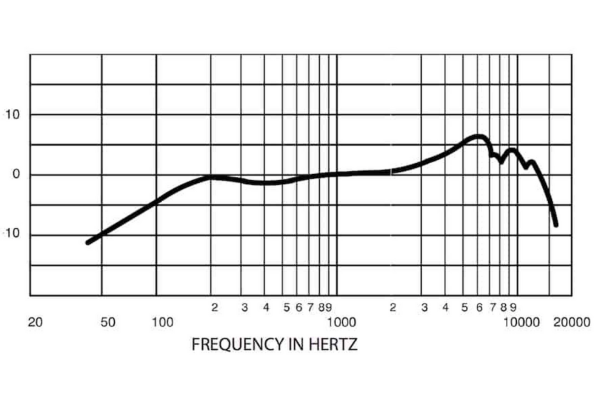
Linear Frequency Response in Dynamic Microphones
General Characteristics
Dynamic microphones (moving-coil types) rarely exhibit perfectly flat frequency response. Instead, they’re often tuned for specific applications, featuring resonator-controlled peaks and dampers to manage their behavior—resulting in response curves designed for particular tonal purposes.
These tuning choices often lead to midrange coloration or slight high-frequency roll-off, making them ideal tools rather than neutral ones. Uniform response across the spectrum is uncommon in dynamic designs.
Examples of Dynamic Mics with Notable Response Traits
Electro-Voice RE20
Known for its relatively flat response among dynamics (45 Hz–18 kHz), aided by “Variable-D” design to minimize proximity boost and ensure tonal consistency even when off-axis.
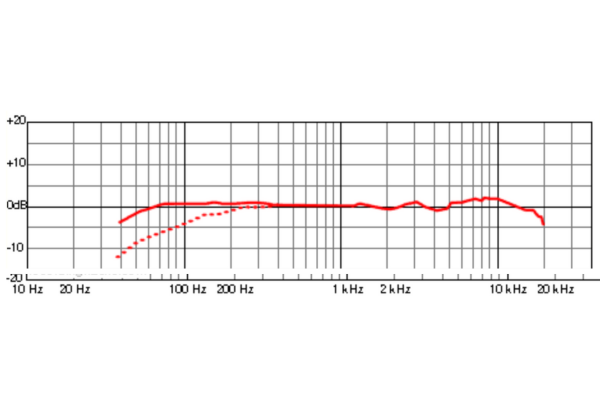
Shure SM7 (and SM7dB)
Smooth in its midrange, the SM7dB retains a mostly flat response from ~100 Hz to 12 kHz. Yes its also offers switchable high-pass and presence-enhancement settings for added flexibility.
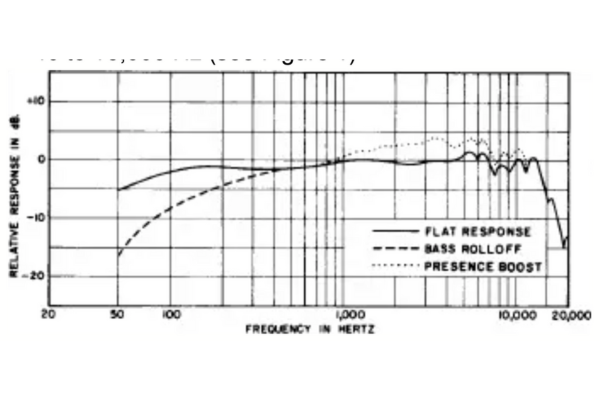
Shure PGA58
Designed for neutrality, it delivers a flatter, more transparent response compared to the SM58, with a slight presence lift around 5.5 kHz.
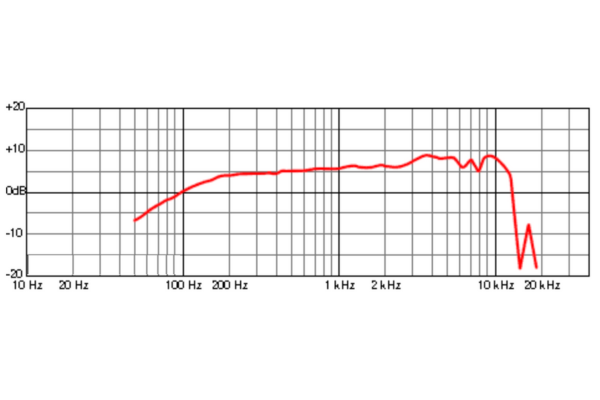
Sennheiser MD 421
A classic with a respectable wide-range response (~30–17 kHz ±3 dB), offering a balance that’s closer to condensers than most dynamics. Some versions include bass filters for tonal control.
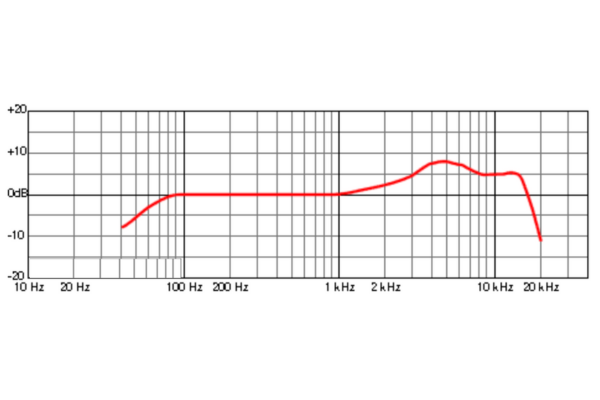
Response Overview
| Feature | Description |
|---|---|
| Electro-Voice RE20 Shure SM7 / SM7dB Shure PGA58 Sennheiser MD 421 | One of the flattest dynamic mics (~45 Hz–18 kHz); controlled proximity effect with Variable-D Smooth and flat from ~100 Hz to 12 kHz; includes switches for presence and low-end control Neutral in tone; flat with a slight sheen around 5–6 kHz for presence Wide, smooth range (~30–17 kHz ±3 dB) with optional bass filtering |
Dynamic microphones generally do not offer perfectly linear frequency response, as they’re often shaped for clarity or warmth. However, models like the Electro-Voice RE20, Shure SM7, PGA58, and Sennheiser MD 421 are among the flatter options—each with design features that offer tonal control while maintaining clarity.
Here are frequency-response graphs for key dynamic microphones—Electro-Voice RE20, Shure SM7B, and a comparison between the RE20 and SM7B—to help you visualize how each mic handles the audio spectrum differently
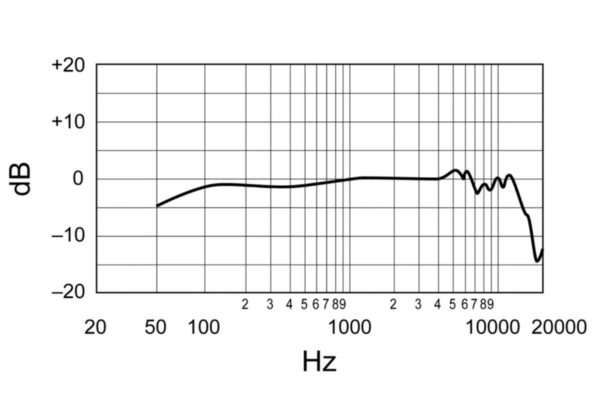
Microphone Frequency Response Insights
Electro-Voice RE20
Displays a broad and relatively flat response from approximately 45 Hz to 18 kHz, making it one of the flattest-sounding dynamic mics available
Its Variable-D design nearly eliminates the proximity effect and ensures minimal tonal change when off-axis—ideal for close vocal use
Subtle dips around 2 kHz and 4 kHz, with a gentle boost around 8 kHz, lend presence without harshness.
Known for “honest,” clear performance and well-suited for varied sources like kick drums, vocals, and bass instruments.
Shure SM7B
Characterized by a slight mid/low frequency attenuation and a nuanced boost near 5 kHz, enhancing vocal clarity.
Offers optional low-cut and presence-shaping switches, allowing tailored frequency shaping for voice applications.
Delivers a controlled low-end, natural midrange, and smooth top end—favorites for broadcast and studio work.
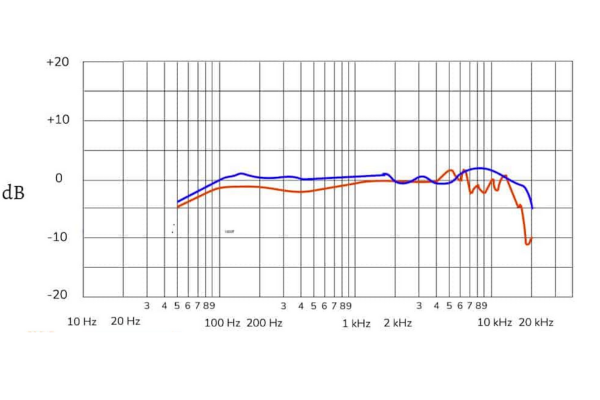
Summary Table
| Feature | Description |
|---|---|
| Low resonant frequency Flat linear response High-end roll-off Warm tonal character Design influence Effect of impedance | Below 20 Hz Consistent above resonance Smooth attenuation of harsh frequencies More linear than many dynamics; avoids brittle highs Materials and geometry dictate high-frequency behavior Preamp load can shape low-end response—choose wisely |
| Microphone | Response Characteristics |
|---|---|
| Electro-Voice RE20 Shure SM7B | Broad and balanced from ~45 Hz to 18 kHz; minimal coloration; dips at 2 kHz & 4 kHz; gentle presence around 8 kHz Mild low-mid roll-off; presence bump near 5 kHz; built-in low-cut and presence filters |
Electro-Voice RE20 Broad and balanced from ~45 Hz to 18 kHz; minimal coloration; dips at 2 kHz & 4 kHz; gentle presence around 8 kHz
Shure SM7B Mild low-mid roll-off; presence bump near 5 kHz; built-in low-cut and presence filters
Dynamic microphones generally aren’t perfectly flat across the entire frequency spectrum, as they’re often sonically tuned. However, the RE20 is among the most linear dynamic microphones around—ideal for transparent, consistent capture. The SM7B offers a smoother, slightly more intimate tone with added vocal presence control. Both are excellent, but their subtle EQ profiles offer flexibility depending on your source and aesthetic preference
Practical Considerations
Microphone Placement: The angle and distance of a microphone relative to the sound source can affect its frequency response. For example, using a diffuse-field-equalized microphone at a 50–60° angle can result in a more linear frequency response in certain settings.
Room Acoustics: The environment in which a microphone is used can influence its effective frequency response. Reflections, absorptions, and other acoustic factors can alter how sound is captured, emphasizing the importance of considering room acoustics in critical applications.
Factors Affecting Frequency Response
Several elements can influence a microphone’s response:
Design and Build: The materials and construction affect how frequencies are captured.
Polar Pattern: Directional microphones may have varying responses depending on the angle of sound incidence.
Proximity Effect: Directional microphones can exhibit increased bass response when the sound source is close.
Characteristics of Microphones with Linear Frequency Response:
Flat Response Curve: The graph remains mostly horizontal across the frequency spectrum.
Wide Frequency Range: Often extends from as low as 20 Hz (deep bass) to 20 kHz (high treble), covering the audible spectrum for humans.
Minimal Coloration: The sound is not coloured or altered, preserving the natural qualities of the source.
Challenges and Considerations
While linear response is highly desirable, real-world microphones may exhibit slight deviations due to design or environmental factors. Additionally, the studio environment and placement can influence recording quality.
Conclusion
The linear frequency response of a microphone is a vital attribute for capturing audio as naturally and accurately as possible. Whether for professional studio work or high-fidelity recordings, selecting a microphone with a flat, wide, and consistent frequency response ensures your sound is preserved in its authentic form.
While a perfectly linear frequency response is ideal for accurate sound reproduction, in practice, microphones may exhibit slight deviations due to design choices and physical principles. Understanding these characteristics helps in selecting the appropriate microphone for specific applications, ensuring the desired sound quality is achieved.


